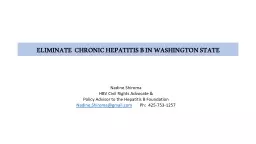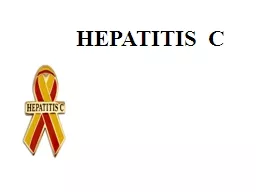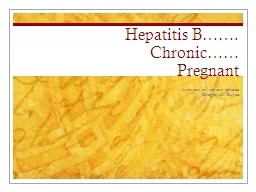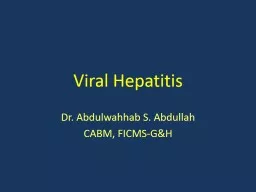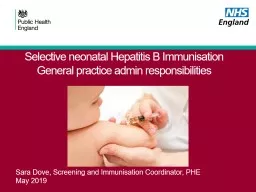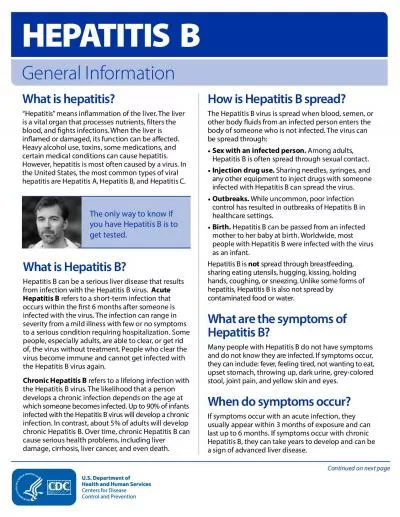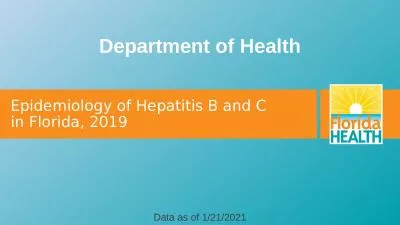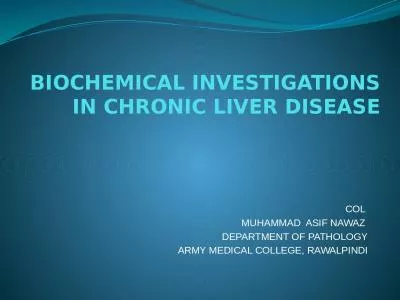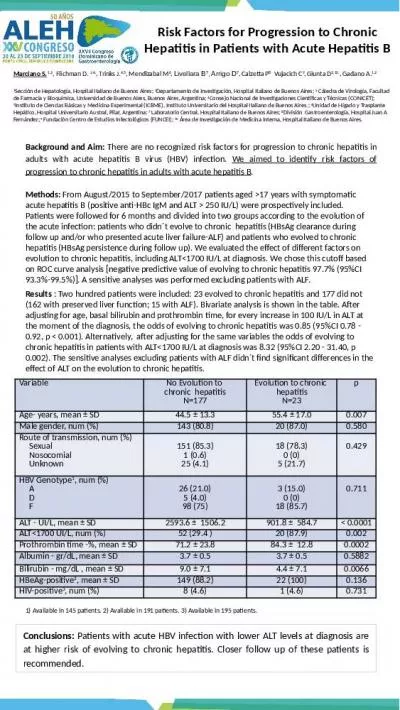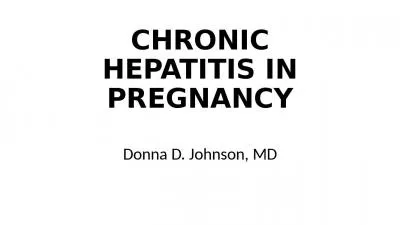PPT-ELIMINATE CHRONIC HEPATITIS B IN WASHINGTON STATE
Author : BabyDolly | Published Date : 2022-08-03
Nadine Shiroma HBV Civil Rights Advocate amp Policy Advisor to the Hepatitis B Foundation NadineShiromagmailcom Ph 4257531257 WHY ELIMINATE CHRONIC HEPATITIS B
Presentation Embed Code
Download Presentation
Download Presentation The PPT/PDF document "ELIMINATE CHRONIC HEPATITIS B IN WASHIN..." is the property of its rightful owner. Permission is granted to download and print the materials on this website for personal, non-commercial use only, and to display it on your personal computer provided you do not modify the materials and that you retain all copyright notices contained in the materials. By downloading content from our website, you accept the terms of this agreement.
ELIMINATE CHRONIC HEPATITIS B IN WASHINGTON STATE: Transcript
Download Rules Of Document
"ELIMINATE CHRONIC HEPATITIS B IN WASHINGTON STATE"The content belongs to its owner. You may download and print it for personal use, without modification, and keep all copyright notices. By downloading, you agree to these terms.
Related Documents

